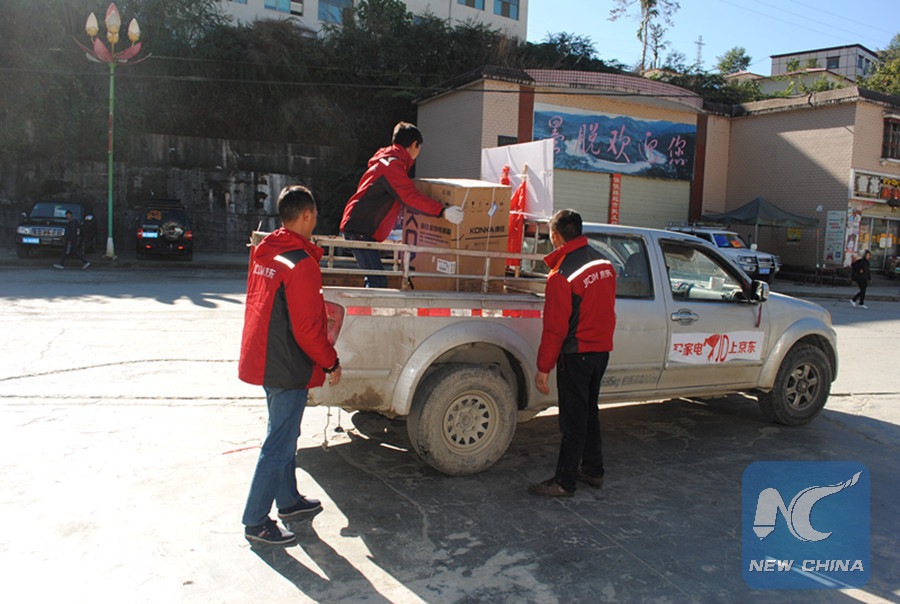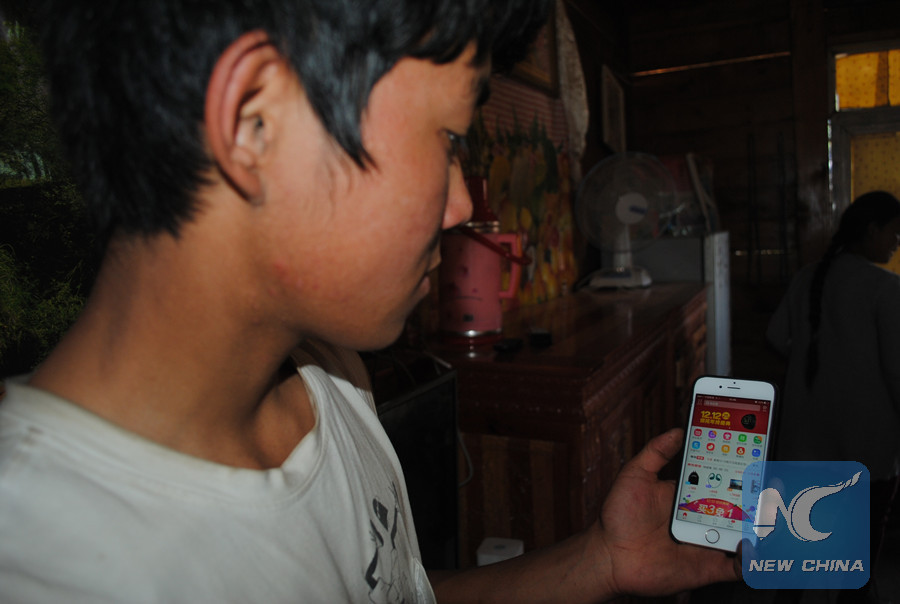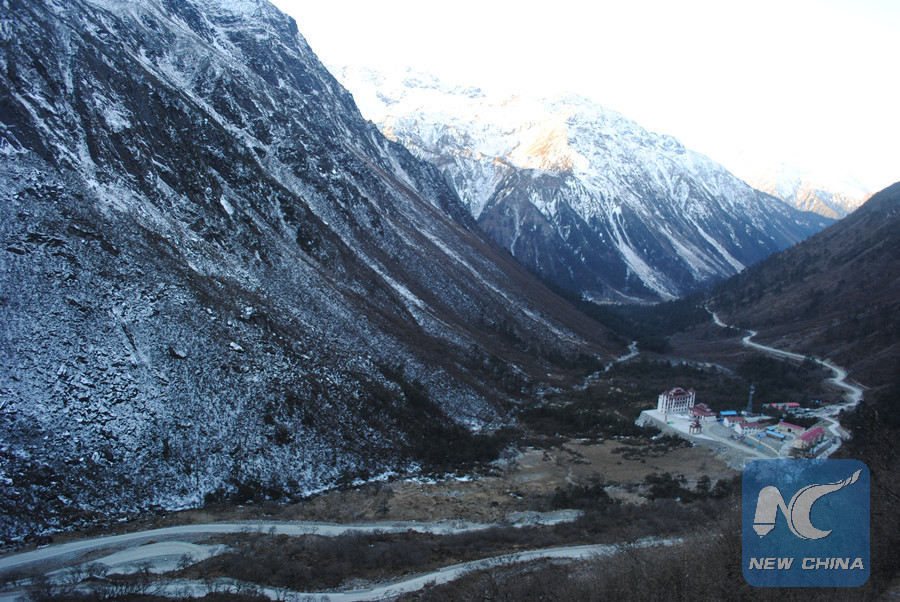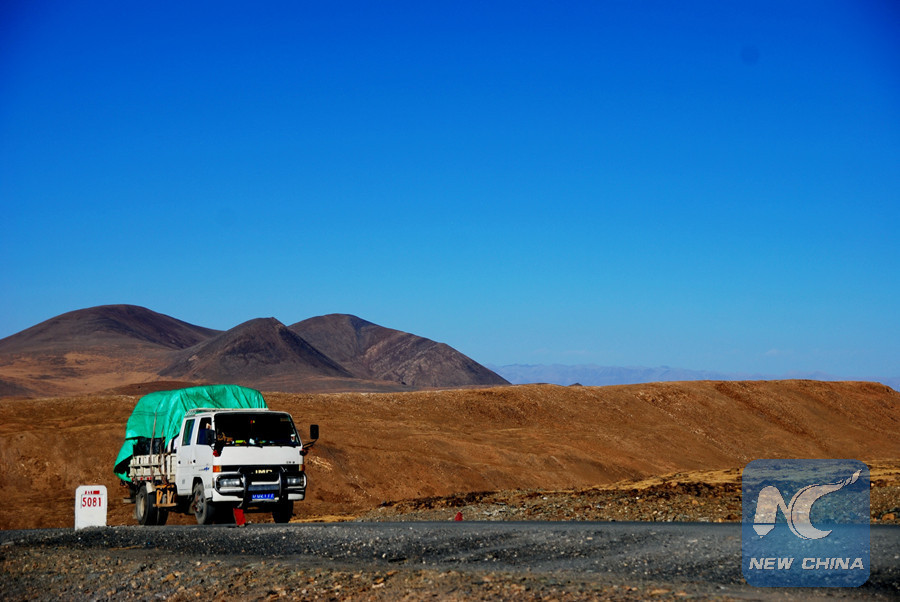JSCh
ELITE MEMBER

- Joined
- Jun 9, 2011
- Messages
- 13,235
- Reaction score
- 2
- Country
- Location
Xinjiang aims for 100,000 new textile jobs in 2017
Source: Xinhua 2017-01-10 13:56:47
URUMQI, Jan. 10 (Xinhua) -- Xinjiang Uygur Autonomous Region, a major cotton production base in northwest China, is aiming to create more than 100,000 new textile jobs in 2017, through intensive processing projects such as garment manufacturing.
Yin Xiaodong, an official in the region's textile industry, said Monday that the number would account for two-thirds of planned new jobs in the region's industrial sector in 2017, or a quarter of all new jobs.
A total of 112,300 workers were newly recruited in the textile sector in the region in 2016, which accounted for over 50 percent of new industrial employment in the region, Yin said.
According to figures released at the regional conference on economy and information technology last week, total investment in the textile sector reached nearly 65 billion yuan (9.39 billion U.S. dollars) in 2016. Annual cotton spinning capacity was 15 million spindles, up 150 percent year on year.
Yin estimated investment in the industry in the past three years exceeded 90 billion yuan, equivalent to the total from 1978 to 2013.
Xinjiang produces about 60 percent of China's raw cotton.
The State Council issued a guideline in June 2015, which supported the textile and garment industry in Xinjiang and hoped to increase local employment and boost exports.

Source: Xinhua 2017-01-10 13:56:47
URUMQI, Jan. 10 (Xinhua) -- Xinjiang Uygur Autonomous Region, a major cotton production base in northwest China, is aiming to create more than 100,000 new textile jobs in 2017, through intensive processing projects such as garment manufacturing.
Yin Xiaodong, an official in the region's textile industry, said Monday that the number would account for two-thirds of planned new jobs in the region's industrial sector in 2017, or a quarter of all new jobs.
A total of 112,300 workers were newly recruited in the textile sector in the region in 2016, which accounted for over 50 percent of new industrial employment in the region, Yin said.
According to figures released at the regional conference on economy and information technology last week, total investment in the textile sector reached nearly 65 billion yuan (9.39 billion U.S. dollars) in 2016. Annual cotton spinning capacity was 15 million spindles, up 150 percent year on year.
Yin estimated investment in the industry in the past three years exceeded 90 billion yuan, equivalent to the total from 1978 to 2013.
Xinjiang produces about 60 percent of China's raw cotton.
The State Council issued a guideline in June 2015, which supported the textile and garment industry in Xinjiang and hoped to increase local employment and boost exports.













